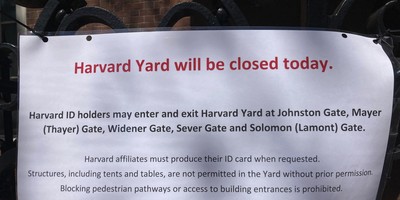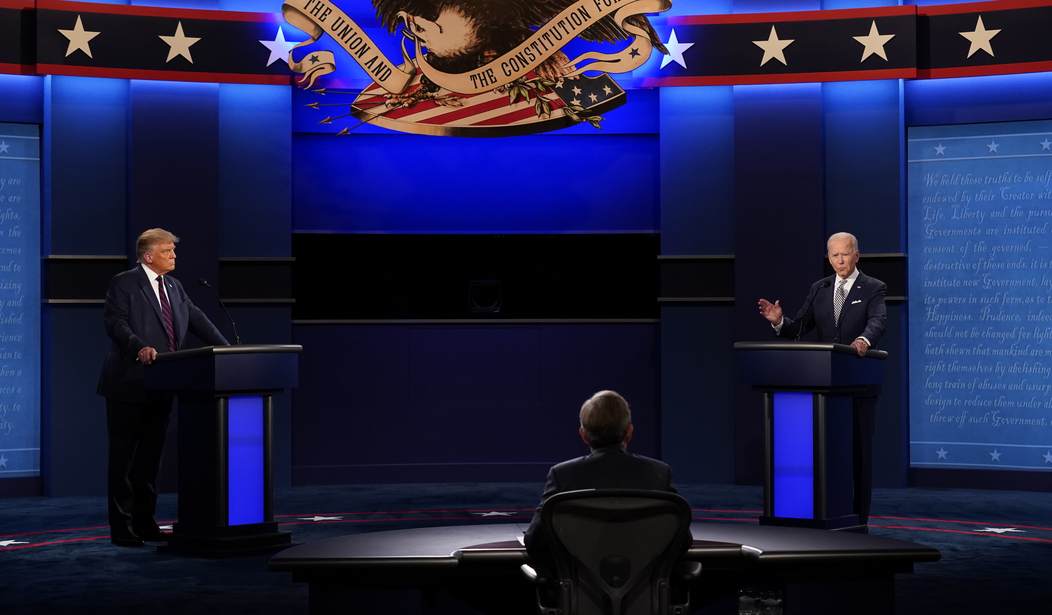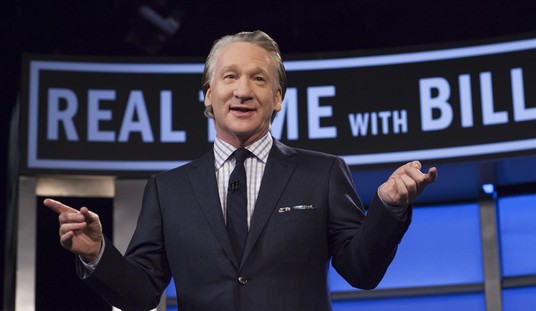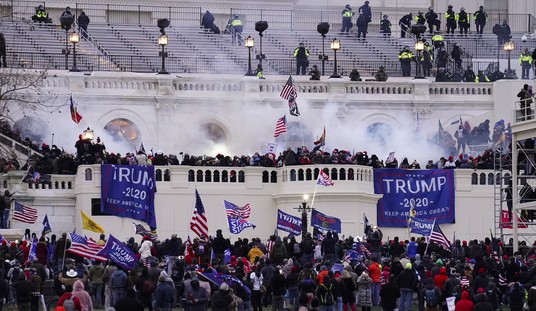Herewith some idiosyncratic, perhaps eccentric, observations on the electoral contests so far in this presidential cycle.
1. Turnout is down. In the first five contests -- the Iowa and Nevada caucuses and the New Hampshire, South Carolina and Michigan primaries -- Republican turnout was down from 2016, the most recent cycle with serious contests. That's based on precincts currently reporting and the ace New York Times number crunchers' estimates of as-yet-uncounted votes.
This decline owes something to especially frigid weather on Iowa's caucus night and the fact that Donald Trump's only listed opponent in Nevada was Ryan Binkley. But even in South Carolina, whose population rose 10% in the eight intervening years, turnout was up only 2%. Democratic turnout, with no serious challenge to Joe Biden, was down by more than half this year.
This is significant because, although you wouldn't know it from continual laments about low voter participation, we live in an era of surging and almost record-high voter turnout. Between 2000 and 2020, total presidential year turnout increased over 50%, from 104 million to 158 million. That's approximately double the 22% increase from 1980 to 2000 or the 26% increase from 1960 to 1980.
Total turnout declined in years Democratic presidents were seeking reelection -- 2% in 2012, 7% in 1996. In contrast, it surged 16% in 2020 and in 2004, years when Republican presidents were seeking reelection.
A turnout decline could be a problem this fall for Democrats, who historically have depended on high turnout from Blacks for their margins in target states. But the party's increasingly upscale base has turned out in numbers that have enabled it to do better than polls suggested in special elections, as the Times' Nate Cohn has pointed out.
Recommended
So turnout could be a problem for Trump, whose campaign looks to be heavily outspent and only desultorily organized. Turnout was up 26,738 in the three South Carolina counties he lost to Nikki Haley. It was down 8,478 in the 43 counties he carried.
2. The Republican tilt of the Electoral College may have vanished. Trump won a majority of electoral votes in 2016 despite losing the popular vote, and he came within 42,918 popular votes of doing so again in 2020. That's because Democrats piled up huge margins in California and New York (7,096,710 in 2020), which had 85 electoral votes then and will have 82 this year. Trump's much smaller (1,002,907) margins in Texas and Florida netted him 67 in 2020 and would give him 70 in 2024.
But increasing support for Trump outside major metropolitan areas and the significant increases in support for him among Blacks and Hispanics that I described recently point to reduced Biden margins in safe Democratic states and higher Trump margins in safe Republican states.
That shouldn't be surprising. Within recent memory the Electoral College tilted Democratic, as Barack Obama's 51% reelection percentage won him 332 electoral votes in 2012 while George W. Bush's 51% won him only 286 in 2004.
Of course, if Trump leads the popular vote nationally and in every target state, as he does in most polls, he'll surely have more than the required 270 electoral votes.
3. Biden may have a problem on his left. In Michigan, 13% of primary voters chose "Uncommitted," including 17% in Wayne County (with 56% Uncommitted in heavily Arab-American Dearborn) and Washtenaw County (left-wing university town Ann Arbor). In eight metropolitan and university counties, 71,000 Democrats voted Uncommitted -- almost half of Biden's 154,000-vote November 2020 margin in the state. And that's among a primary electorate less than half the size of the 2020 Democratic primary turnout.
Some have argued that the Undecided percentage is not much higher than in 2012, when Barack Obama was unopposed and 10.7% voted Undecided. But that was not a response to an articulated campaign on a specific issue, and in a year of much lower turnout.
On all three points, there's an implication that both parties' superannuated nominees could face difficulties in turning out favorable voters. Trump's contemptuous dismissal of Haley may cost him some of her supporters' votes. Biden's stance on Israel and Gaza may antagonize the leftish folks he's done so much to cultivate on other issues.
But on one point, neither is vulnerable. Whoever is elected will be serving a second term and, as clearly and undisputedly worded in the 22nd Amendment, will be ineligible for a third. There won't be another Jan. 6 mob in 2029.
Michael Barone is a resident fellow at the American Enterprise Institute and longtime co-author of The Almanac of American Politics. His new book, "Mental Maps of the Founders: How Geographic Imagination Guided America's Revolutionary Leaders," is now available.























Join the conversation as a VIP Member